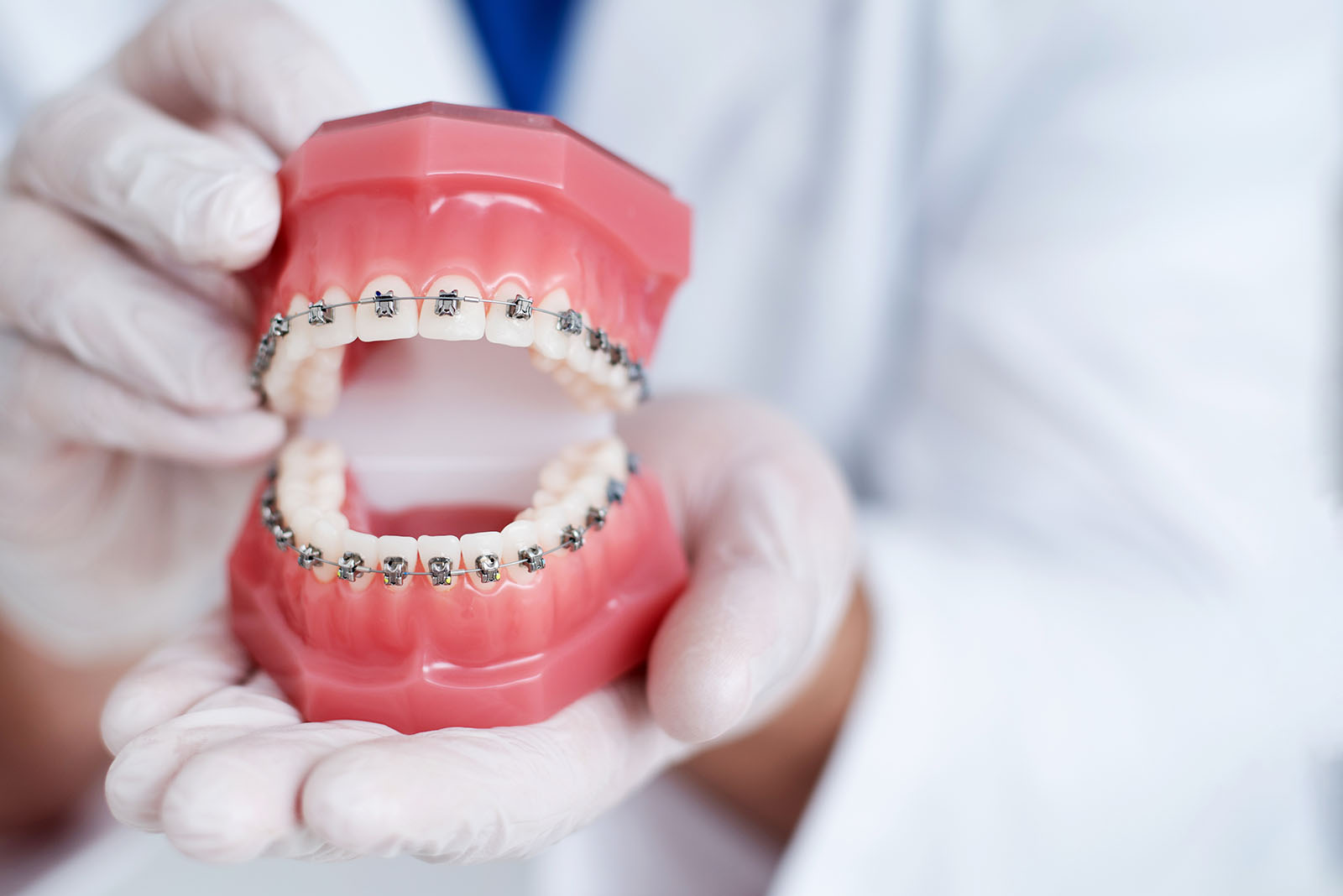Call Us Today!
(860) 354-6006
New Patients
(860) 248-2099

Spring has nearly sprung, and it’s time to hang up the hockey skates and skis and bring out our bicycles and baseball mitts. A common question I hear from parents is whether a mouthguard is needed, and yes, a mouthguard should be a part of our athletic gear. They reduce the risk of injury to the teeth (especially the upper front teeth, which “stick out more” than the lowers) and also reduce the risk of injury to the checks, lips, and gums.
Boxing is the only professional sport that requires the use of a mouthguard, but mouthguards are recommended for all collision sports, including basketball, football, MMA fighting, water polo, gymnastics, and cheerleading. One study has shown that basketball has the highest risk of dental injury. The NCAA requires the use of mouthguards for collegiate football, field hockey, ice hockey, and lacrosse (and wrestlers wearing braces).
The most common dental injuries associated with sports are coronal fractures of the teeth (chipping of the teeth) and avulsions (“knocking out a tooth”). Dental injuries amongst athletes has been shown to occur in over 1 in 4 players (Oliveira Werlich M, Honnef LR, Silva Bett JV, et al. Prevalence of dentofacial injuries in contact sports players: A systematic review and meta-analysis. Dent Traumatol 2020;36(5):477-88.)
The research on mouthguards and concussion has been mixed. It cannot be said definitively that concussions are reduced by the use of mouthguards, but there is fairly good evidence that they can reduce the severity of concussion symptoms when they occur.
The three types of mouthguards include custom (made by your dentist or orthodontist), mouth-formed (“boil and bite”), and stock (over the counter). Custom mouthguards are the most effective but also the most expensive. For non-custom mouthguards, it is best to purchase an option that has the ADA (American Dental Association) seal on the package. CustMBite MVP, CustMBite Pro, and Game On are over the counter mouthguard options with the ADA seal.
Of course, the most important aspect of a mouthguard is wearing it, and it can be difficult to convince children to wear mouthguards because it is difficult to speak while wearing them. Beginning mouthguard use as soon as children begin sports is recommended, so that they become accustomed to them while they are young and receptive. Equally important is that the mouthguard is clean, devoid of sharp edges, and that they are well fitting (which improves speech). Go Greenwave- play ball!
